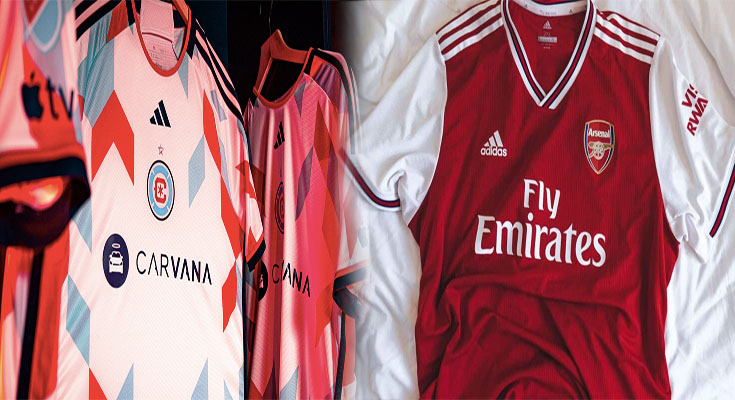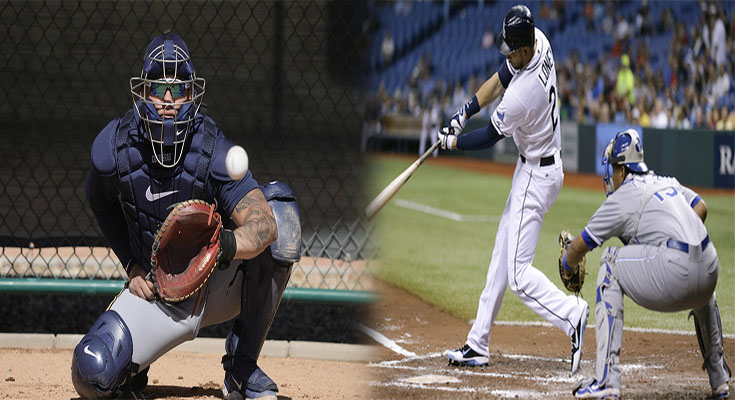
Soccer Jersey Style: Sponsor Placement Regulations
In the world of soccer, jerseys hold a special significance. They not only represent a team’s identity and colors but also serve as a platform for sponsors to gain exposure. However, the placement of sponsor logos on soccer jerseys is not a random endeavor. There are specific regulations and guidelines that dictate how sponsors can be displayed on a soccer jersey. In this article, we will explore the various regulations surrounding sponsor placement and the impact they have on the overall style of soccer jerseys.
The Importance of Sponsorship
Sponsorship plays a significant role in the financial stability of soccer clubs and organizations. It provides crucial funding that enables clubs to acquire talented players, invest in training facilities, and support community programs. As a result, sponsors are given space on jerseys to showcase their brand and gain visibility across a wide audience.
Regulations for Sponsor Placement
While the specifics may …
Soccer Jersey Style: Sponsor Placement Regulations READ MORE

